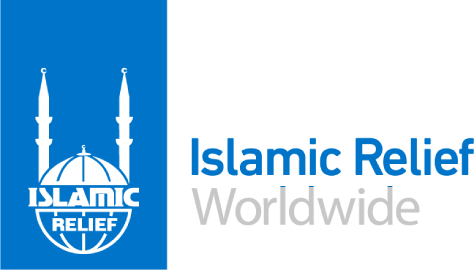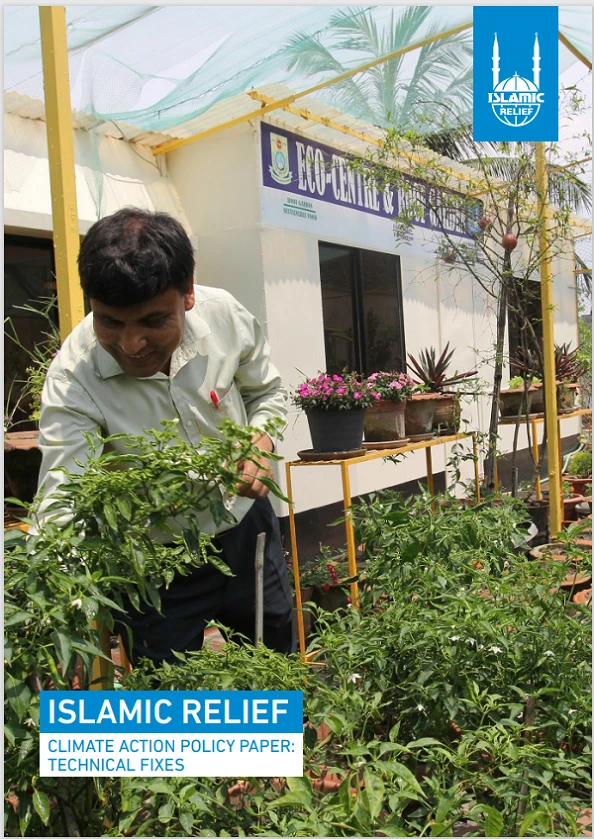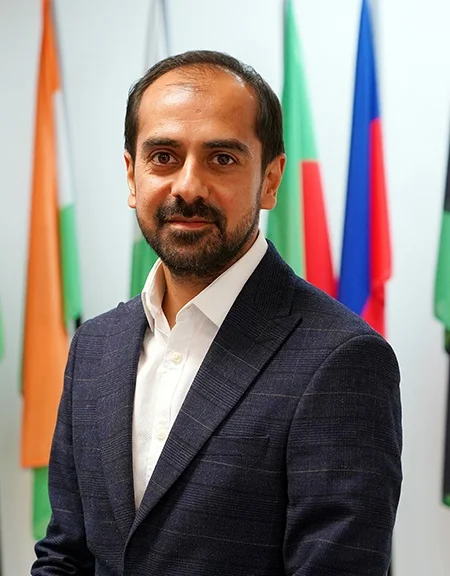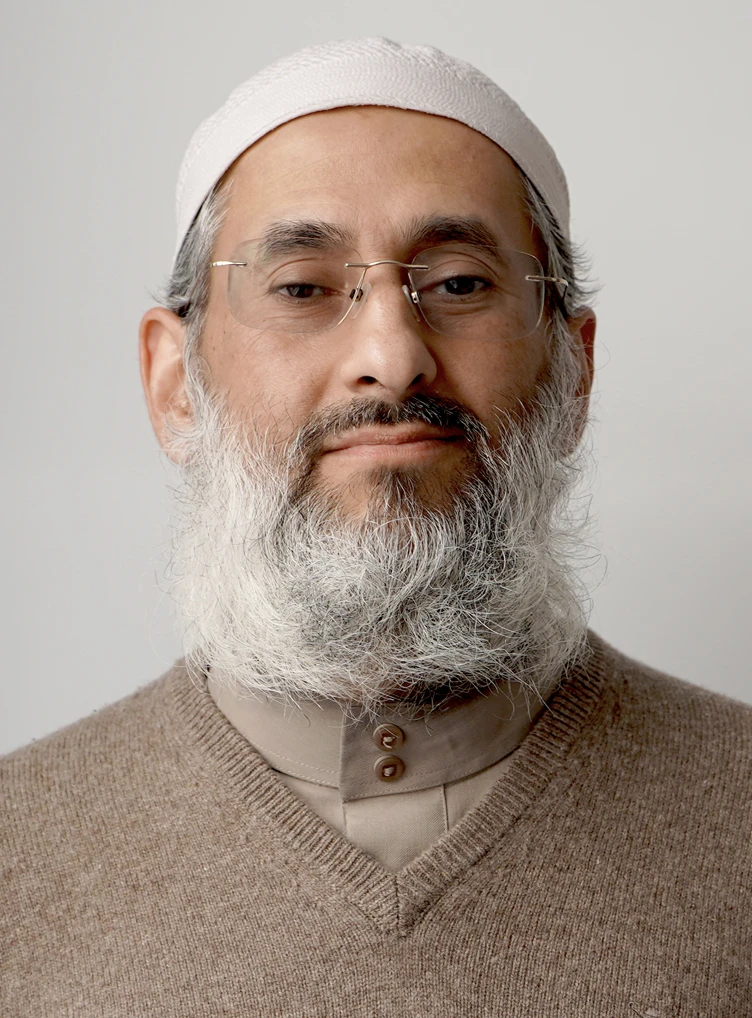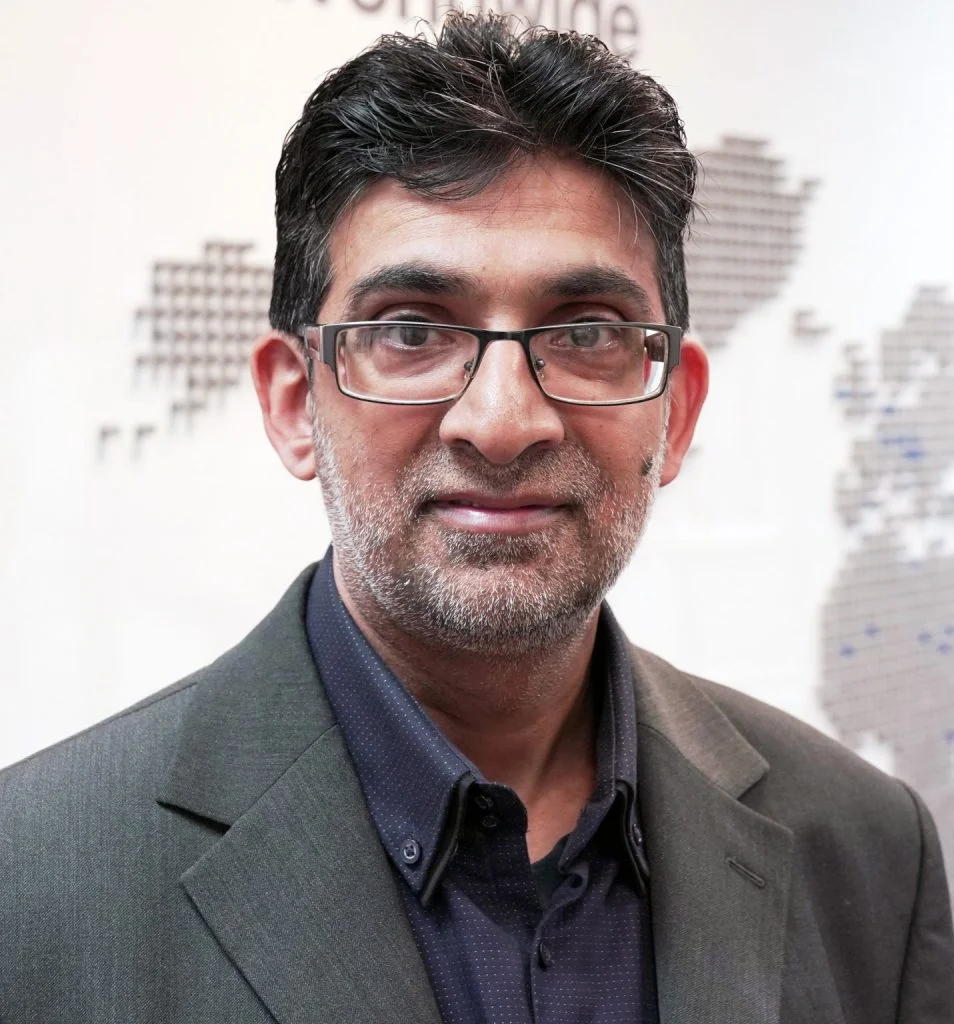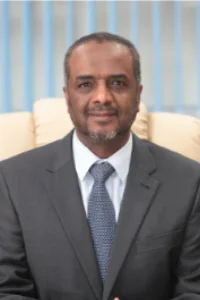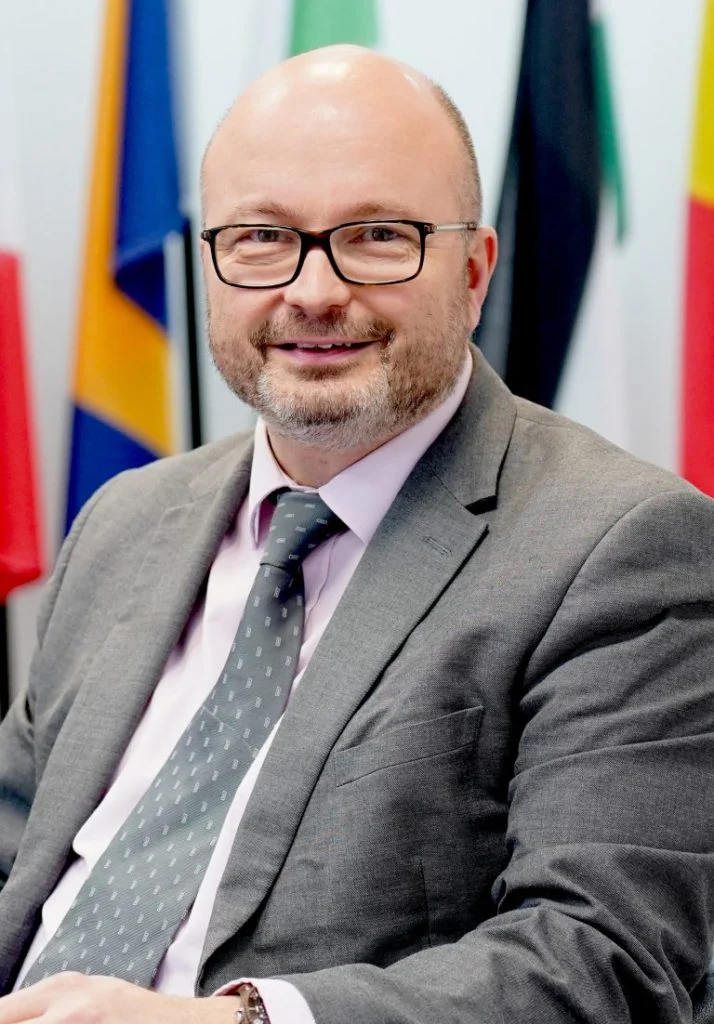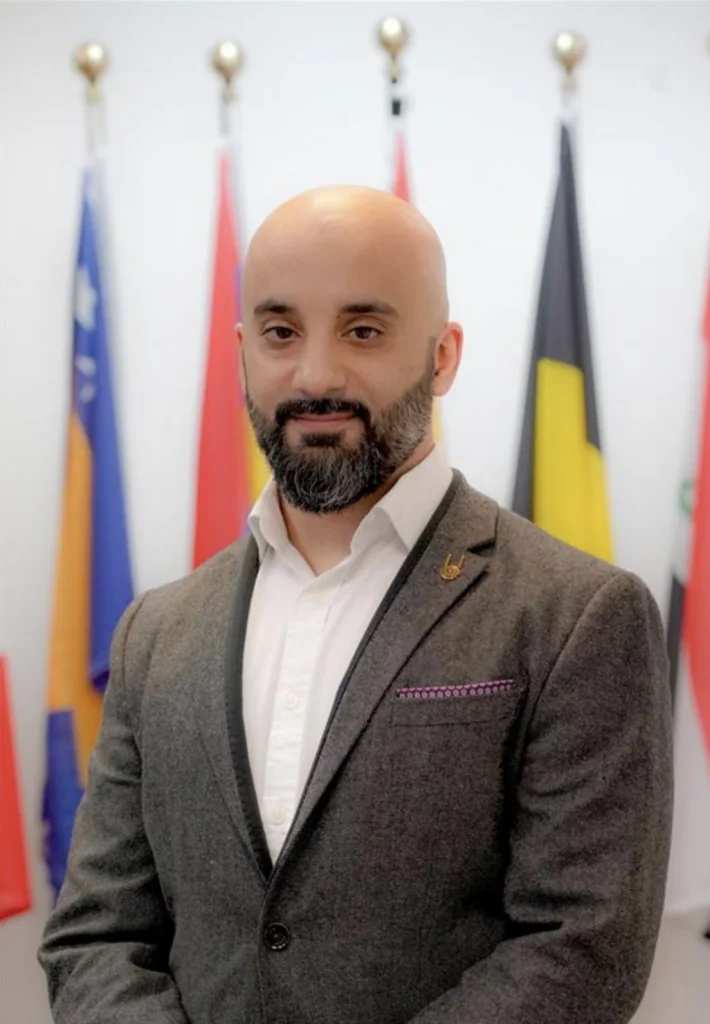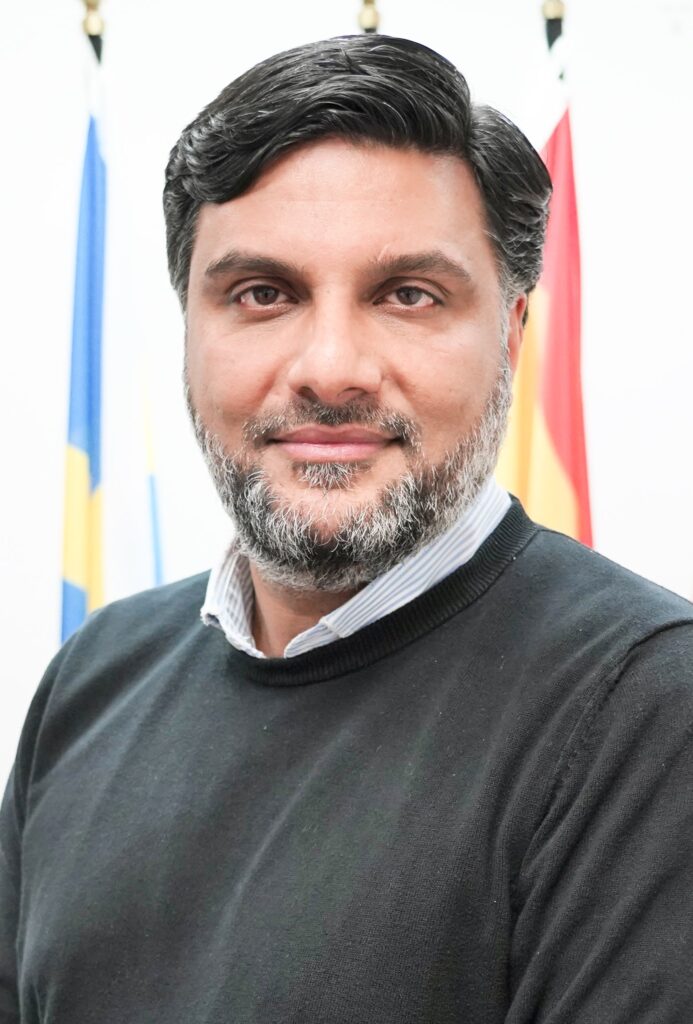Islamic Relief’s Dr Mohammed Kroessin, head of our Islamic Microfinance Business Unit, warns that years of supporting progress out of poverty is in jeopardy.
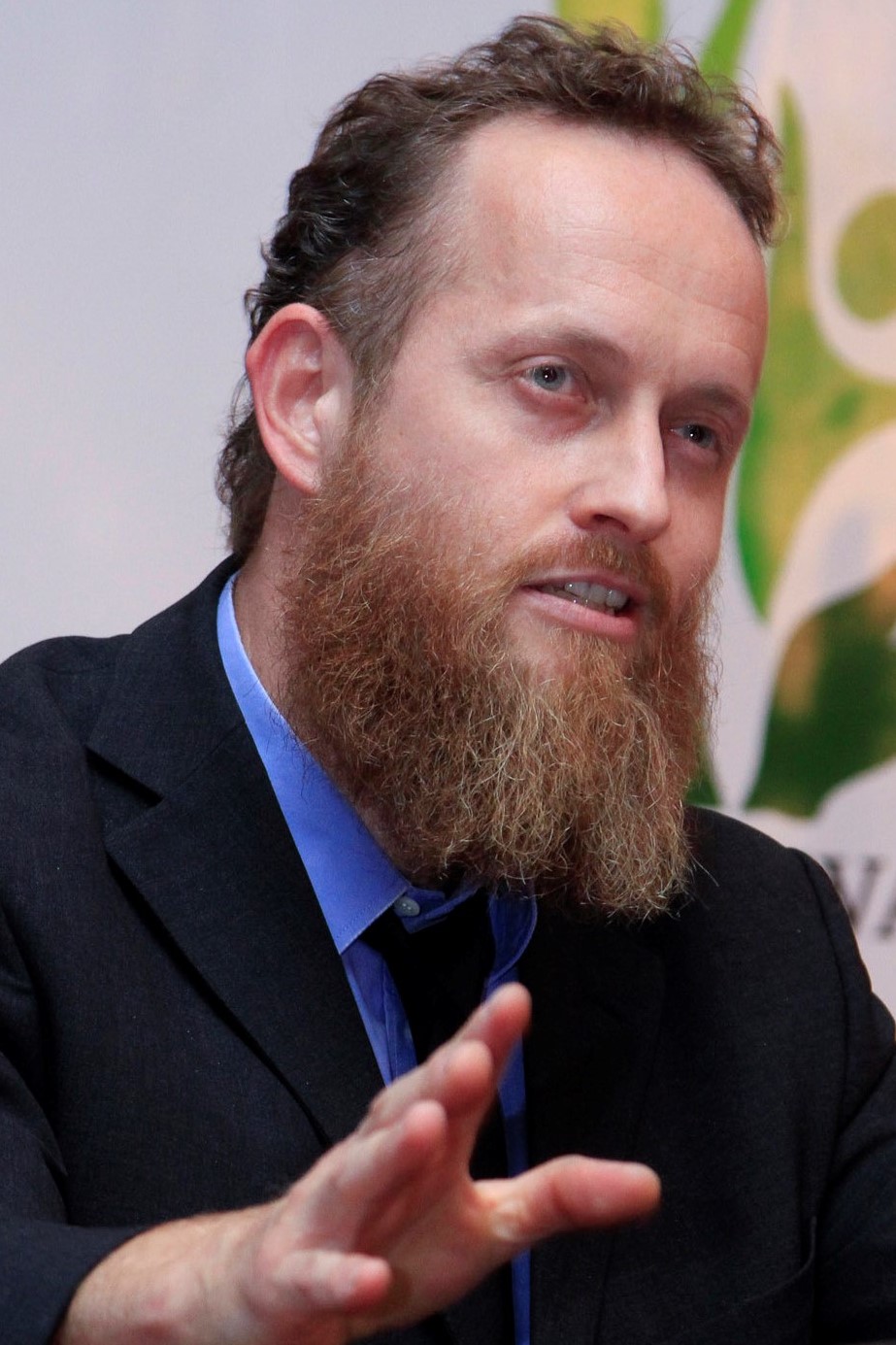
Arguably, microfinance — the provision of small loans, credit, investments and insurance to unbanked people — directly serves poverty reduction like no other Islamic finance instrument. Many of the 600 million people around the poverty line in the Muslim world rely on such financial services beyond the reach of commercial Islamic banks.
The Covid-19 crisis, however, is a massive threat to the lifeblood of many economies: liquidity, small enterprises and the critical link between them: microfinance.
As with other systemic crises such as the Ebola outbreak in West Africa or the severely damaging cyclones over a decade earlier in Bangladesh, the most critical and immediate issue that presents both short- and long-term risks for microfinance is liquidity.
As harvests are destroyed up and down a country, or markets are closed across the world during the coronavirus outbreak, people have either borrowed money and are struggling to pay back as their own income sources dry up or they want to borrow more to bridge uncertainty.
This is exacerbated by the challenge where microfinance institutions themselves have been restricted in their ability to collect debts from customers as physical payment channels such as a visit to a bank are blocked, hence reducing cash inflows and thus, the ability to disburse new loans.
While government policies, such as moratoriums on loan repayments and forced reschedulings, are intended to protect consumers, they also exacerbate the liquidity crisis for microfinance institutions as income is deferred or even reduced.
Do new liquidity injections reach the micro sector?
The International Finance Corporation (IFC), the World Bank Group’s private sector arm, established in March 2020 an US$8 billion fast-track Covid-19 crisis response facility to help developing countries and firms cope with the fallout from the pandemic with a significant proportion used to support banks and companies in developing countries.
Similarly, the IsDB has designed a US$2.3 billion rescue package for member countries. Much of this critical funding is being injected into financial services with commercial banks absorbing the lion’s share. However, not much is trickling down to grassroots microfinance institutions, which are neither as deep-pocketed as banks in the first place, nor are they funded in the same way.
Large conventional microfinance institutions such as Grameen rely on social investors operating through microfinance investment vehicles, whereas a majority of the Islamic microfinance sector are community based organisations such as the Indonesian Baitul Maal Wat-Tamweel cooperative network.
Yet much of the heavy lifting in terms of poverty reduction has taken place at the grassroots level. There is now a clear and present danger that these organisations, which rely on mobilising community savings and investments for their working capital, are experiencing a dramatic liquidity crunch.
This means — unless an effective Shariah compliant recapitalization instrument is provided — that years of supporting progress out of poverty are being jeopardized. Can the Islamic finance industry and the Muslim world at large afford such a loss in terms of future customers and development outcomes respectively?
This article was first published in Islamic Finance News on 22 July 2020.

